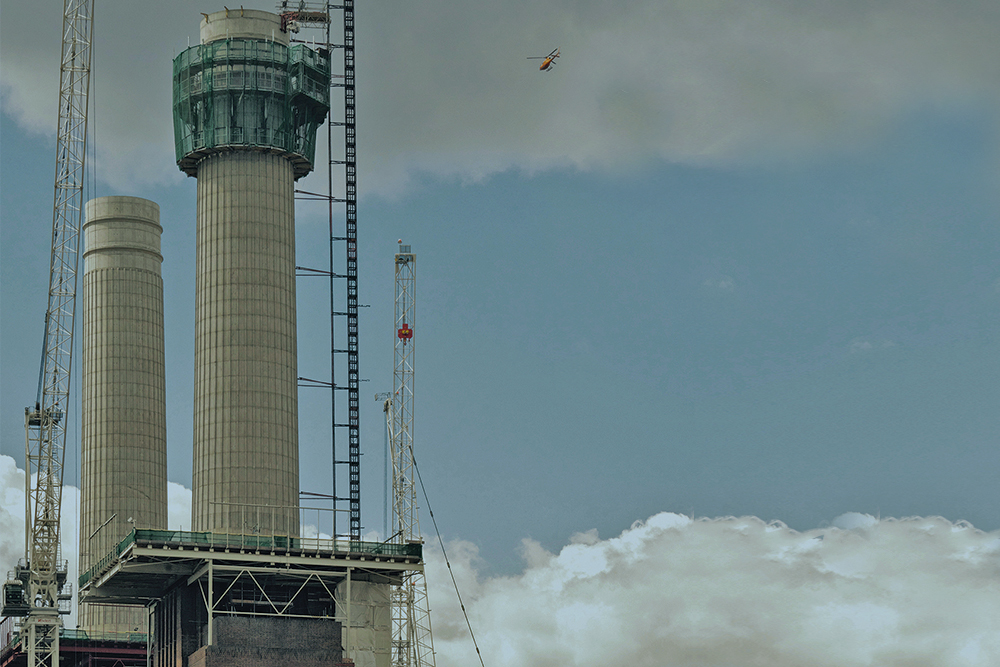Event Recap: Unlocking opportunities through foundation reuse
Buro Happold’s Geotechnic experts guided our recent masterclass audience through case studies and best practice in reusing existing foundations to unlock redevelopment opportunities and take a step closer to achieving net zero.
The built environment contributes around 40% of the UK’s total carbon footprint and the energy used to create the materials used during construction.
The embodied carbon of a building’s structure is a major contributor to this figure. Reusing or repurposing all or part of an existing building can create reductions in embodied carbon. This is true of any part of a building including its foundations.
Our speakers
- Rachel Monteith, Director
- Nigel Pickering, Director
- Chris O’Hara, Associate Director
Hosted and moderated by Franck Robert, Partner
What did we learn?
- Early engagement is crucial for the viability of effective foundation reuse. Decisions about substructure reuse need to be made as early as possible in the design development process to secure the greatest benefit. As existing case studies such as Battersea Power Station and Manchester Airport have shown, if we are engaged at the very early design stages, we can undertake the work needed to fully optimise existing assets. This involvement has to continue throughout the design process because we must ‘build smart’, optimize the material use, and ensure use of low carbon material alternatives wherever possible.
- The biggest concern for attendees at the masterclass regarding foundation reuse was risk associated with insurance and warranties. However, insurers deal in risk, they assess risk, and they manage risk, so there are real parallels between the work of ground engineers and insurers. Every risk can be managed to the point where it is quantifiable and therefore can be judged to be acceptable or not. Our ground engineering work is all about managing risk and uncertainty through a variety of assessments. This improves confidence across the project and provides support to clients as they showcase understanding of risks to insurers.
- There is real need for change in the approach to the retention of as-built information across the industry. Currently, companies are only required to store this information for 12 years, but it is normally more than 20 years before reuse of foundations is even considered by which time most important data will have been lost or destroyed. This creates additional work focused on data discovery for foundations before the critical work of assessing suitability for reuse can be done.






